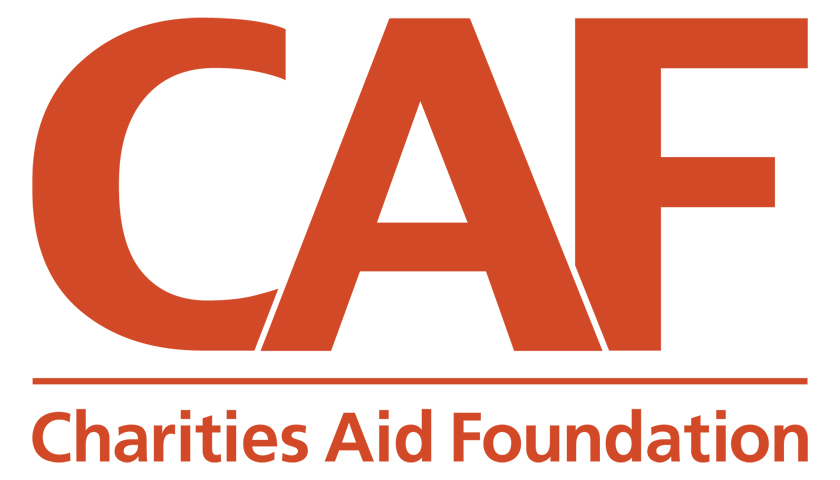Some of least affluent areas in the country are the most generous, according to CAF’s new research
Against the backdrop of household financial pressures, the public generously supported charities across the UK, donating an estimated £13.9 billion to charity last year. This increased from £12.7 billion given in 2022, according to the Charities Aid Foundation’s (CAF) 20th annual UK Giving Report.
The £1.2 billion increase in the overall amount donated to charity was driven by some people giving larger amounts, rather than by more people giving to charity. These larger donation amounts pushed the average monthly donation up to £65 in 2023, approximately 40% higher than it had been before the pandemic (£47 in 2019).
However, there are fewer people regularly donating to charity compared to before the pandemic, according to CAF. Nearly six in ten (58%) donated or sponsored in the past 12 months, compared to 65% in 2019 and 69% in 2016.
Following the Covid-19 pandemic, the cost-of-living crisis is placing significant pressures on charities who are facing higher demand for their services, inflated costs and declining income. Yet, the typical donation to charity – the amount given by most people- has remained unchanged at £20 for seven years. A donation of £20 to charity in 2017 would need to increase to more than £25 for a charity to buy the same amount of goods and services in 2024.
For the first time, the UK Giving Report uses statistical modelling by Electoral Calculus to reveal that some of the least affluent areas in the country are among the most generous in supporting charities. For instance, people in Belfast West give an average of 2.2% of their household income to good causes each year. This is more than four times higher than the new constituency boundary of Kensington and Bayswater, where people donate just 0.5% of their household incomes– the lowest proportion in the whole country. The constituency of Sheffield Hallam is the most generous, where people donate 3.2% of their income to charity.
Overall, compared to England, areas in Scotland, Wales and Northern Ireland are over-represented in the country’s most generous constituencies.
Neil Heslop, Chief Executive of the Charities Aid Foundation, said:
“Britain is a generous country, and CAF’s UKs Giving research shows how we can come together, to give more to causes that matter to us, even when times are tough. But it’s concerning that we’re relying on a dwindling group of regular givers, and the typical donation is static and eroded by inflation.
“That’s why we need to foster a more widespread and sustainable culture of giving to support charities that are squeezed from all sides. Government can set the tone by committing to drawing up a national strategy for philanthropy and charitable giving, ideally as part of a renewed approach to the whole of civil society in every part of the UK.”
Read the report
1. CAF has been producing the UK Giving report since 2004 and has been tracking giving in the UK for several decades.
2. All figures, unless otherwise stated, are from YouGov Plc. Total sample sizes for the following calendar years are: 2023: 13,164; 2022: 13,140; 2019: 13,499; 2016: 8,137. The survey was carried out online and the figures have been weighted and are representative of all UK adults (aged 16+).
3. To create the constituency-level maps and data, a statistical technique known as Multilevel Regression and Poststratification (or MRP) was used by Electoral Calculus. It is a method for adjusting public opinion poll results to account for any imbalance between the survey sample and the population in each constituency and is often used to predict election results by seat.
Record £13.9 bn given to charity last year despite dwindling donor numbers
